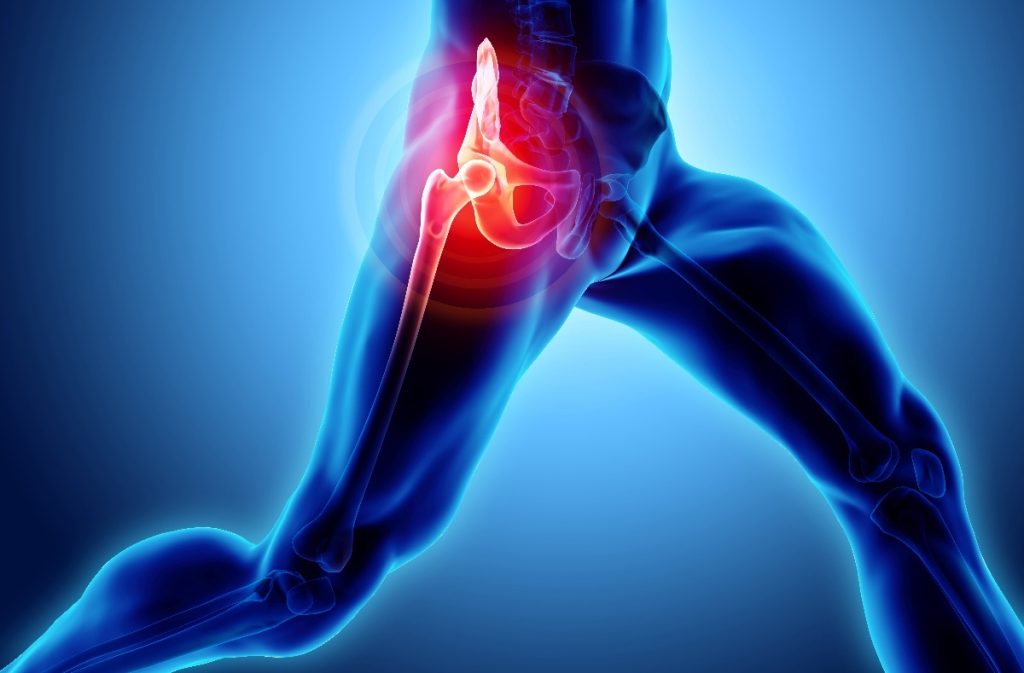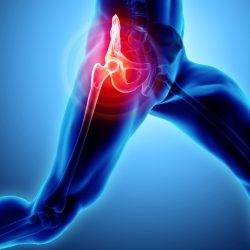
Hip pain can be a real drag, limiting your mobility and impacting your daily life. But pinpointing the exact cause can be tricky. Two common culprits are hip bursitis and hip osteoarthritis, and while they share similar symptoms, they’re distinct conditions requiring different approaches. Let’s delve into the key differences and how to navigate getting the best treatment for a healthy hip in the long run.
Bursae vs. Cartilage: The Battlefield of Pain
The hip joint, like many others, relies on fluid-filled sacs called bursae to cushion bones and tendons, reducing friction during movement. Bursitis is essentially an inflammation of these bursae, often caused by overuse, repetitive motions, or a sudden injury. This inflammation leads to pain, tenderness, and sometimes swelling around the affected area.
Hip osteoarthritis, on the other hand, is a degenerative condition. Over time, the cartilage that cushions the bones within the hip joint breaks down, leading to bone-on-bone contact. This can cause pain, stiffness, and a grinding sensation in the hip, particularly when moving.
Spotting the Difference: A Patient’s Guide
While both conditions cause hip pain, some key differences can help you distinguish between them:
- Location of Pain: Bursitis typically presents with pain localized to the outer side of the hip, near the bony prominence (greater trochanter). Osteoarthritis pain might be more widespread, affecting the groin, buttock, or radiating down the leg.
- Onset and Duration: Bursitis pain often comes on suddenly after an injury or period of intense activity. Osteoarthritis pain usually develops gradually and worsens over time.
- Stiffness: Stiffness with bursitis might be minimal, while osteoarthritis can cause significant stiffness, especially in the mornings.
- Movement: Bursitis pain might be worse with specific activities like climbing stairs or lying on the affected side. Osteoarthritis pain often worsens with prolonged activity but might improve with gentle movement.
Remember: This is not an exhaustive list, and consulting a doctor for a proper diagnosis is crucial. They may perform a physical exam, imaging tests (X-rays, MRIs), or aspiration of bursa fluid (for bursitis) to confirm the cause of your pain.
Treatment Tailored to the Terrain
The good news? Both bursitis and osteoarthritis can be effectively managed with the right approach:
- Bursitis Treatment: Often focuses on reducing inflammation and pain. This might involve rest, ice application, anti-inflammatory medication, cortisone injections,and physical therapy to strengthen muscles and improve flexibility.
- Osteoarthritis Treatment: Aims to manage pain, improve function, and slow joint degeneration. This could include exercise programs to maintain strength and flexibility, weight management (if needed), pain medication, and sometimes joint replacement surgery in severe cases.
The Long Game: Promoting Hip Health
Whether you’re dealing with bursitis or osteoarthritis, prioritizing long-term hip health is key:
- Maintaining a Healthy Weight: Excess weight puts extra stress on the hip joint,so weight management is crucial for both conditions.
- Staying Active: Regular exercise strengthens the muscles that support the hip joint, improving stability and reducing stress on the joint. However, choose low-impact activities like swimming or cycling that minimize strain.
- Stretching and Strengthening: Regular stretching and strengthening exercises prescribed by a physical therapist can help maintain flexibility and range of motion.
- Healthy Habits: A balanced diet rich in fruits, vegetables, and whole grains provides essential nutrients for joint health. Additionally, smoking cessation improves blood flow and promotes healing.
Conclusion:
Hip pain can be disruptive, but understanding the difference between bursitis and osteoarthritis empowers you to seek proper diagnosis and treatment. By working with your doctor and prioritizing long-term hip health strategies, you can manage your symptoms and maintain an active, fulfilling life. Remember, early diagnosis and intervention are key to preventing further damage and achieving the best possible outcome.


